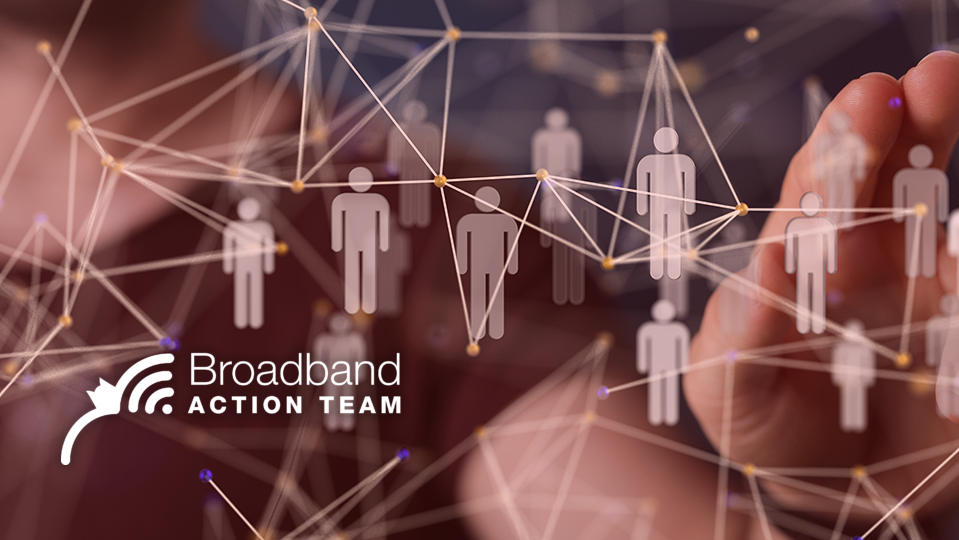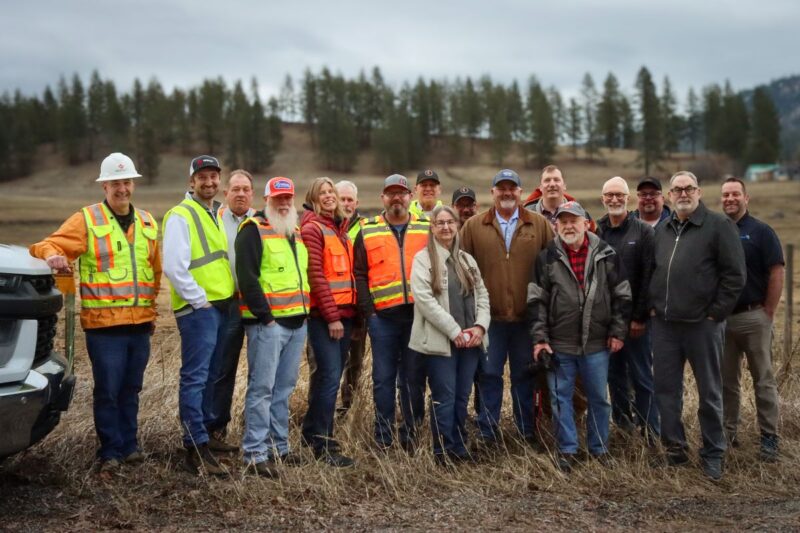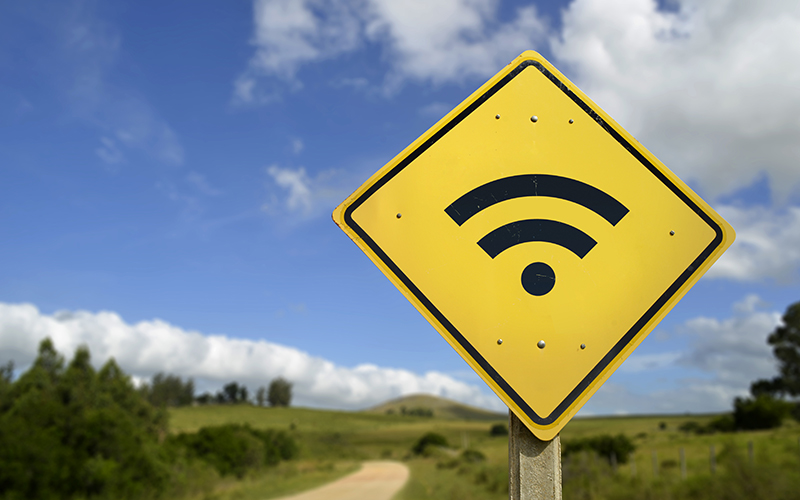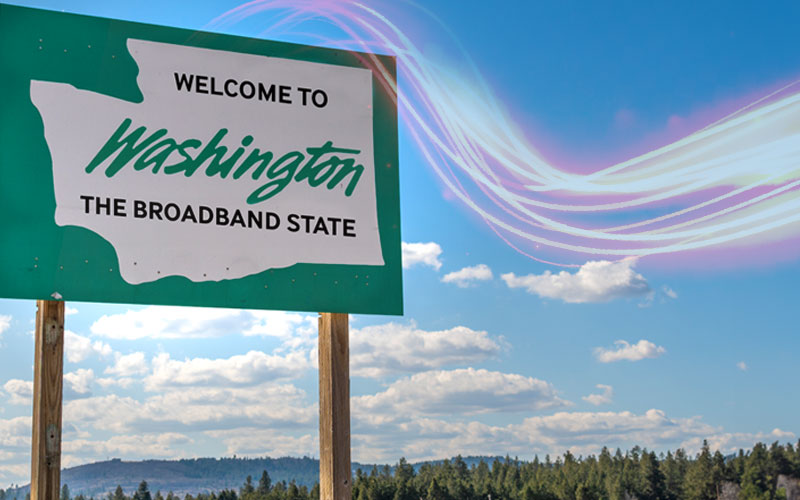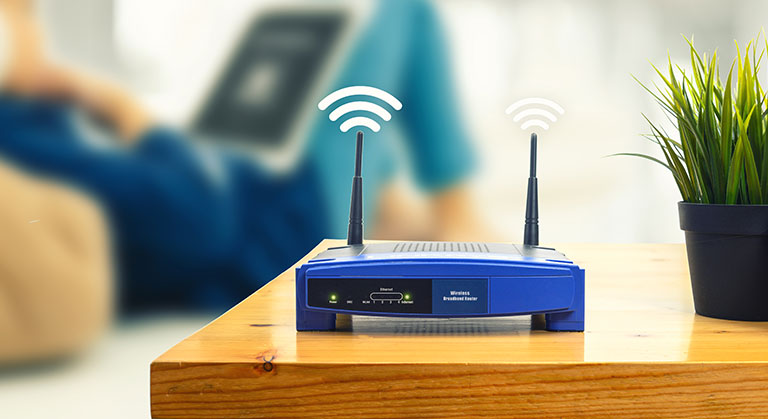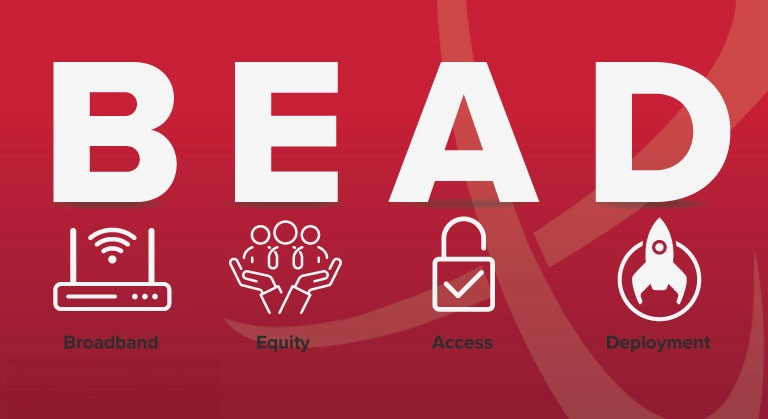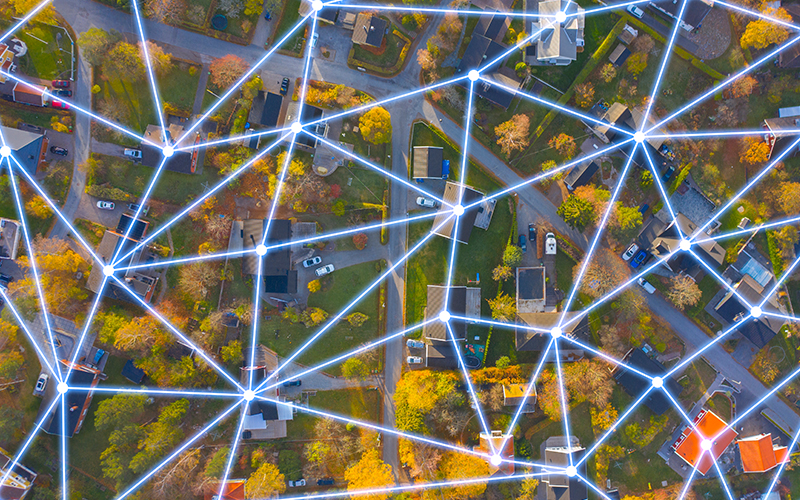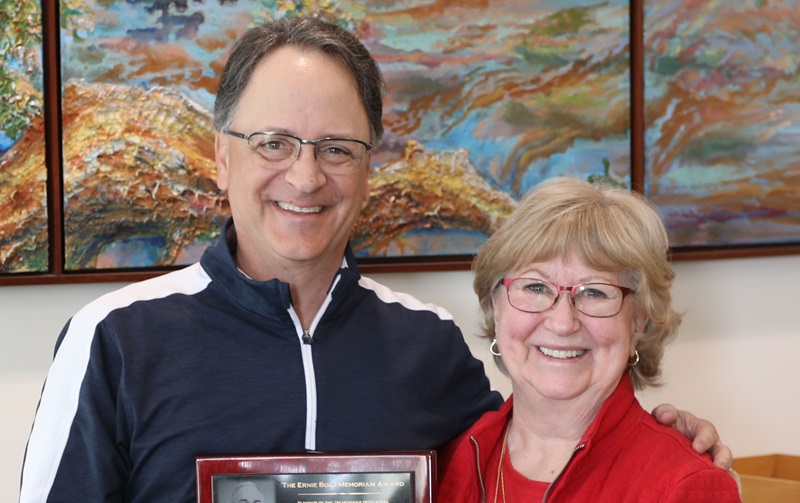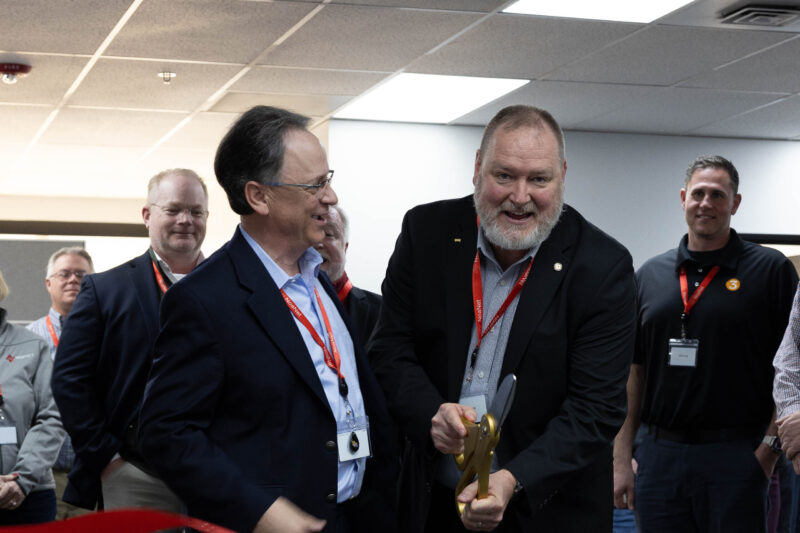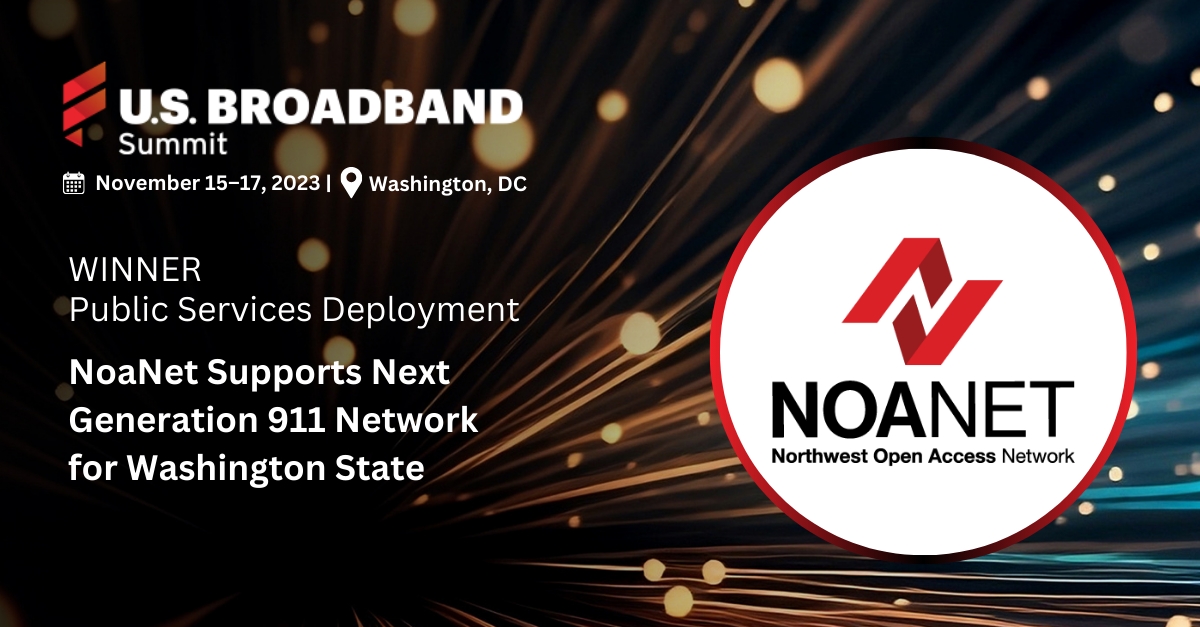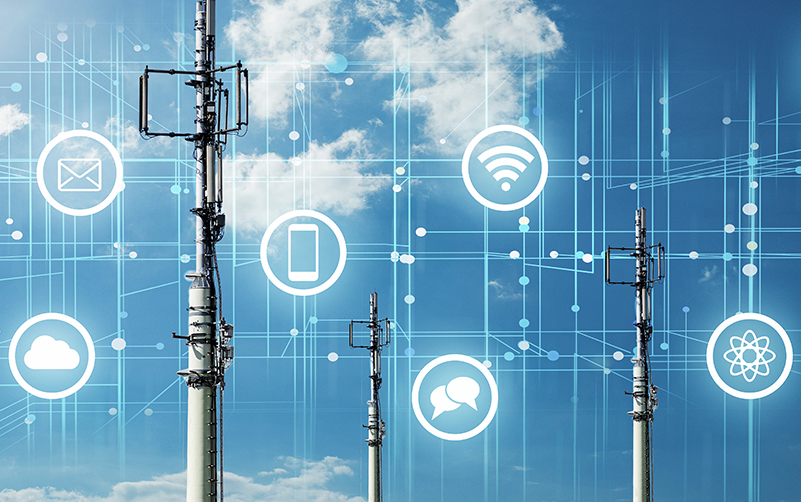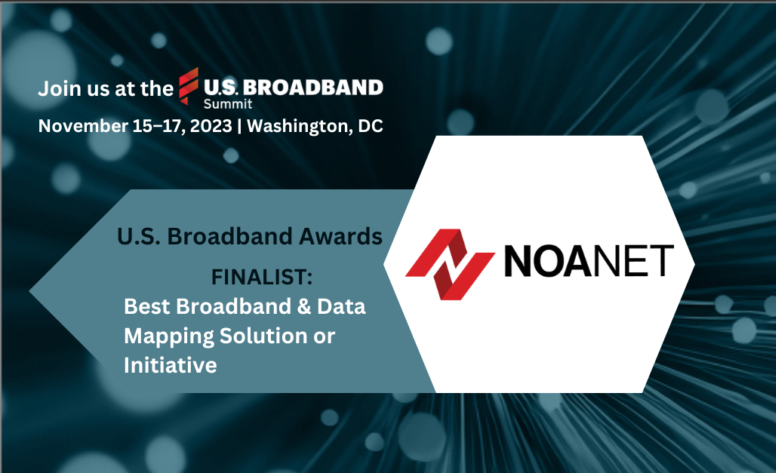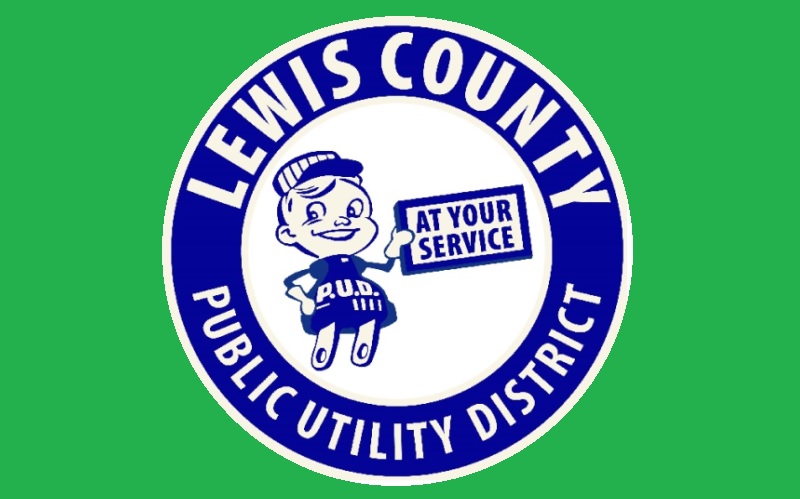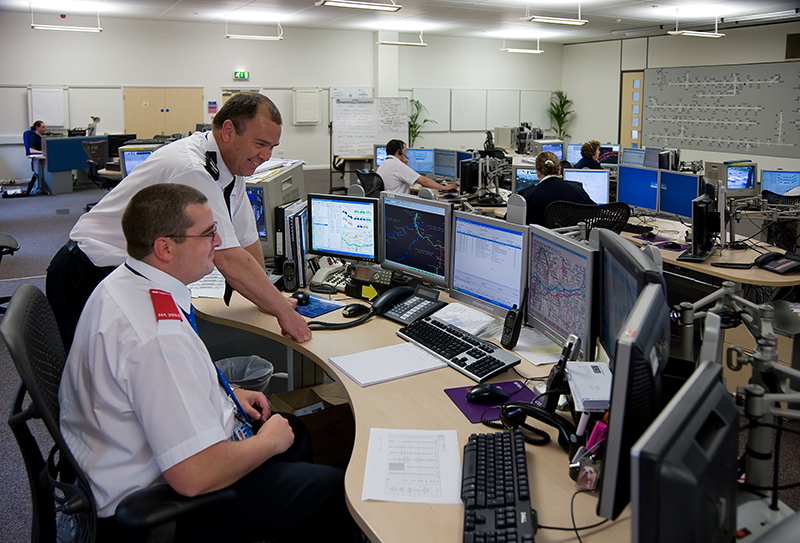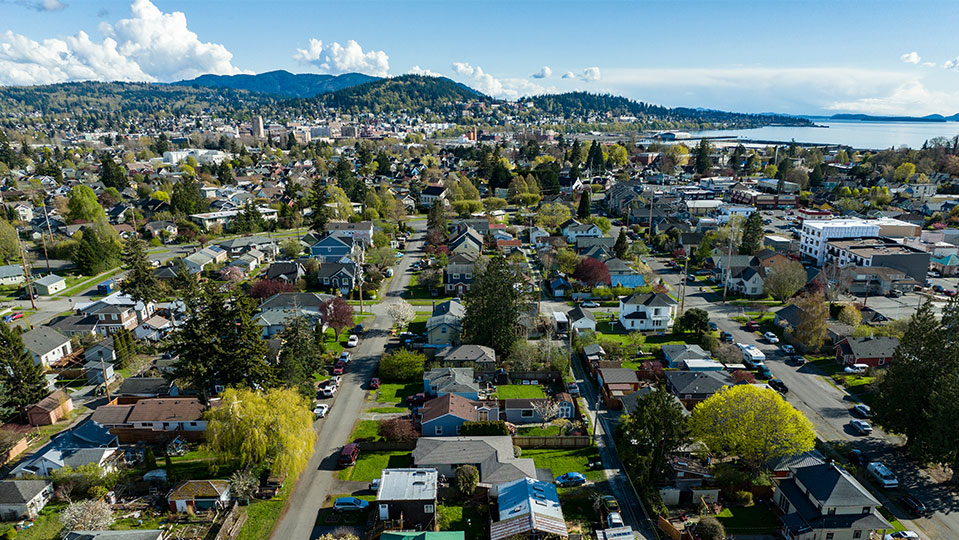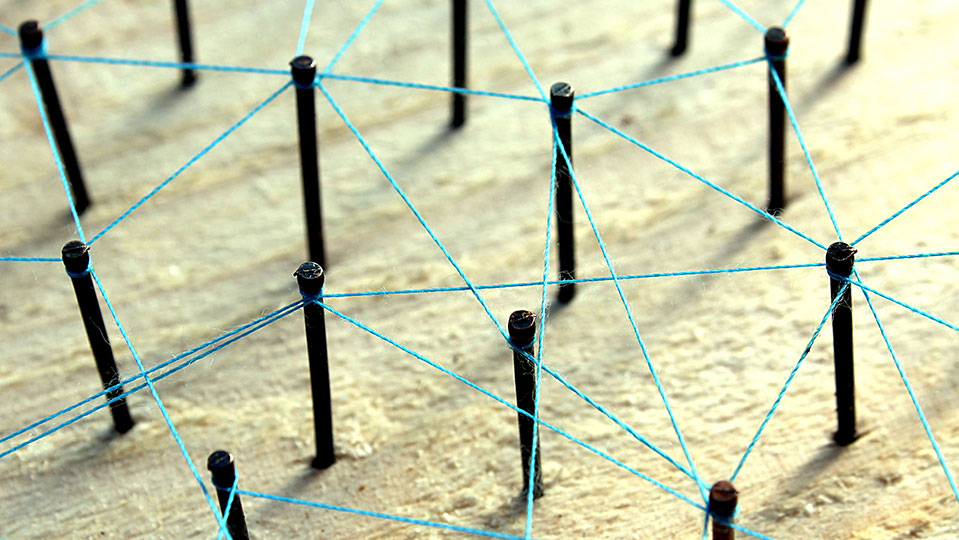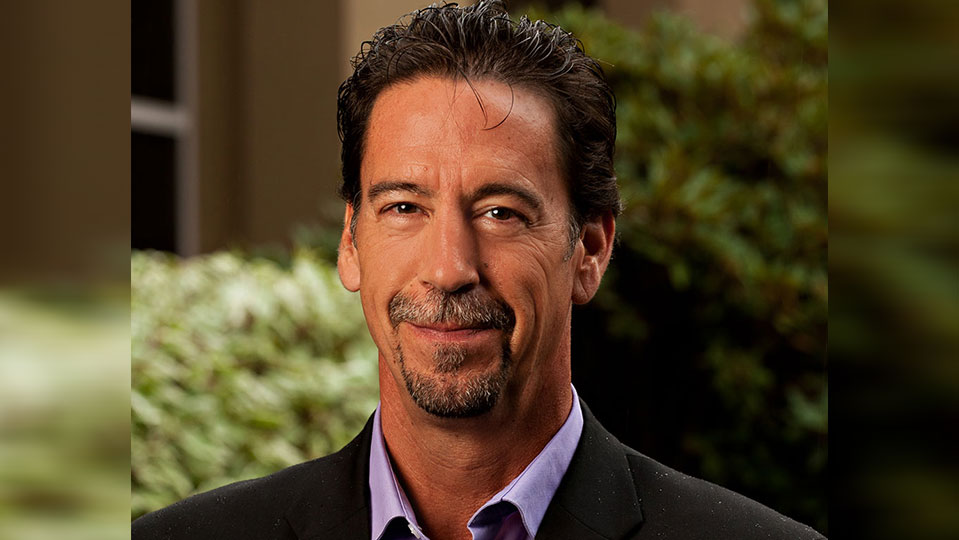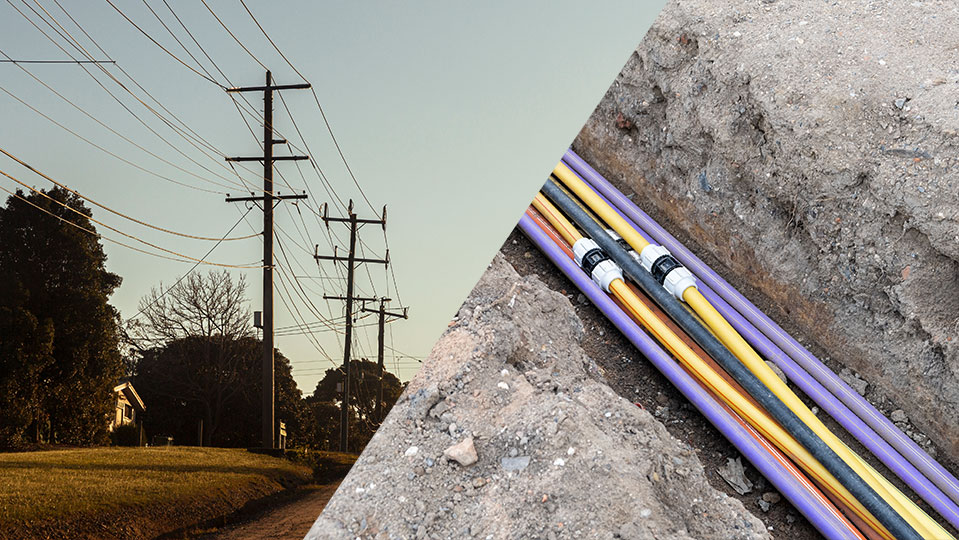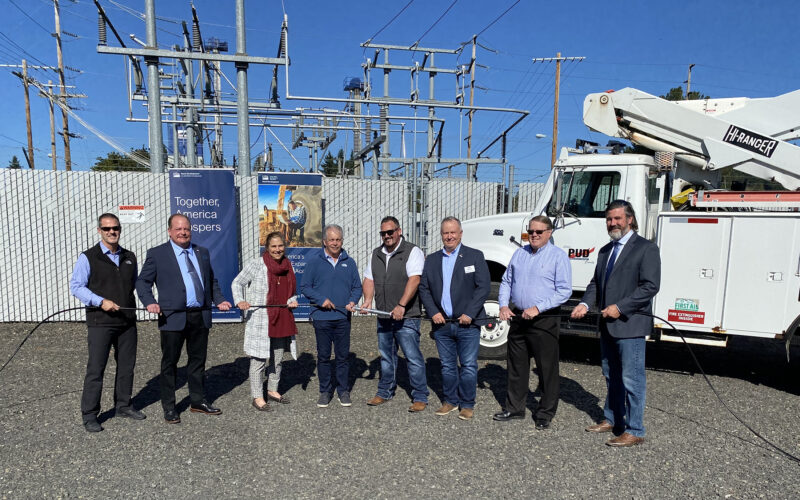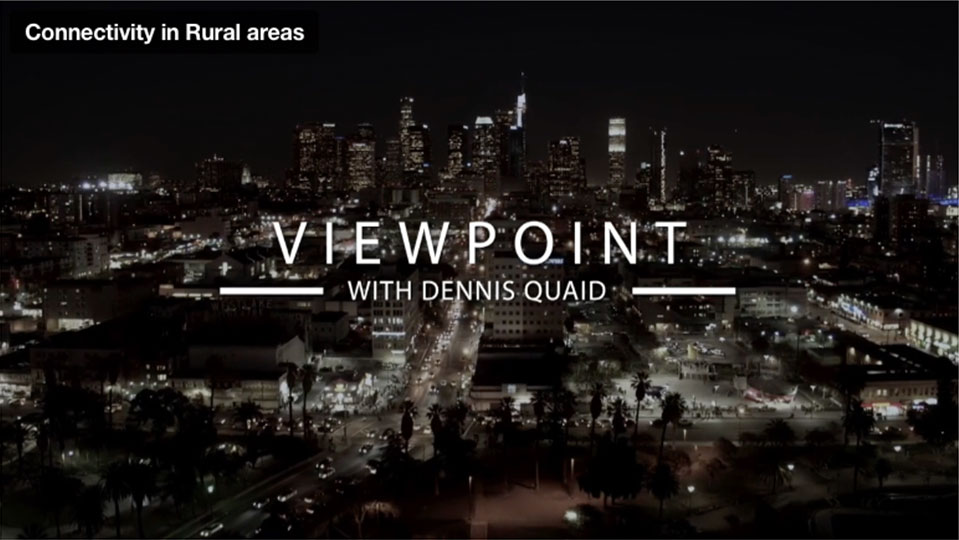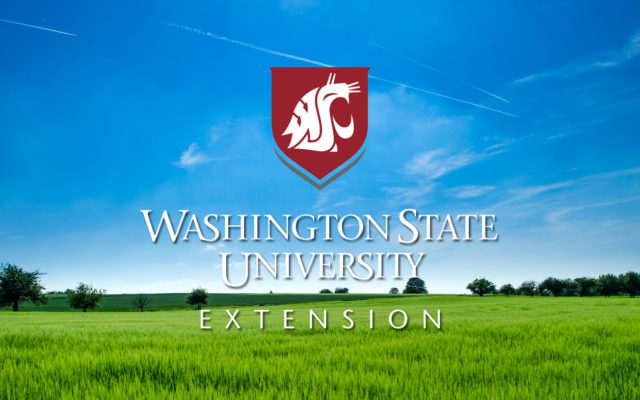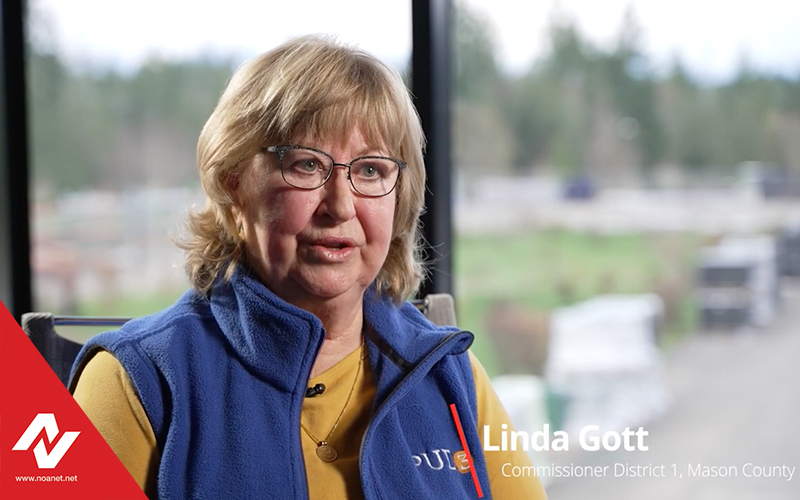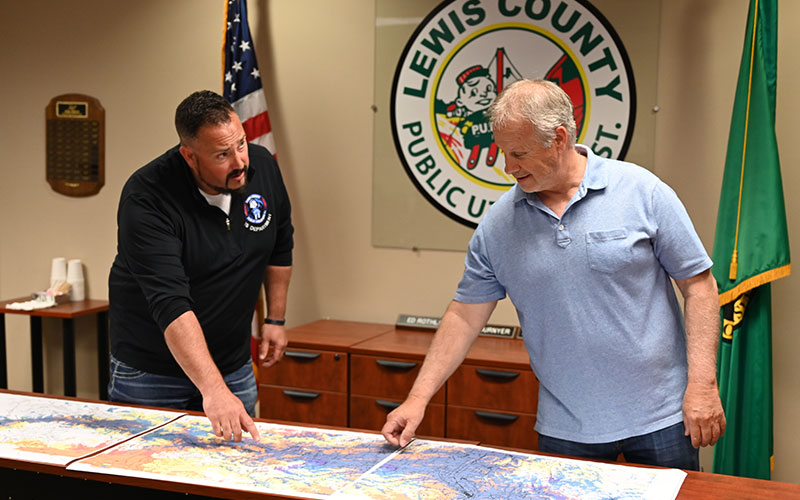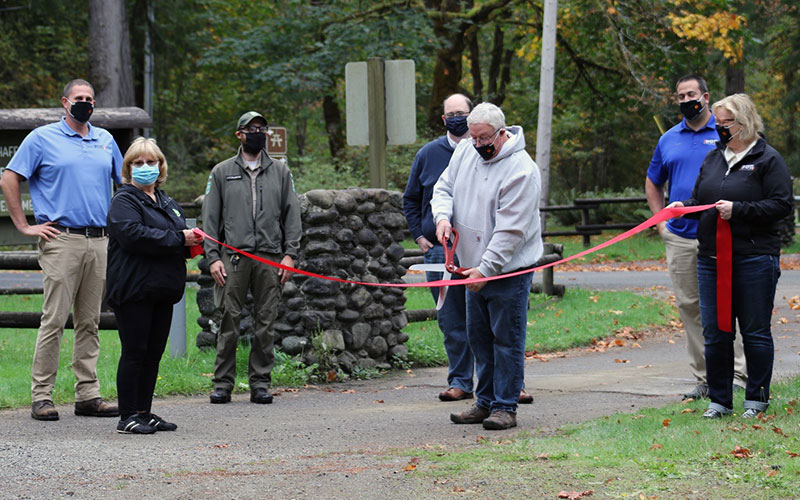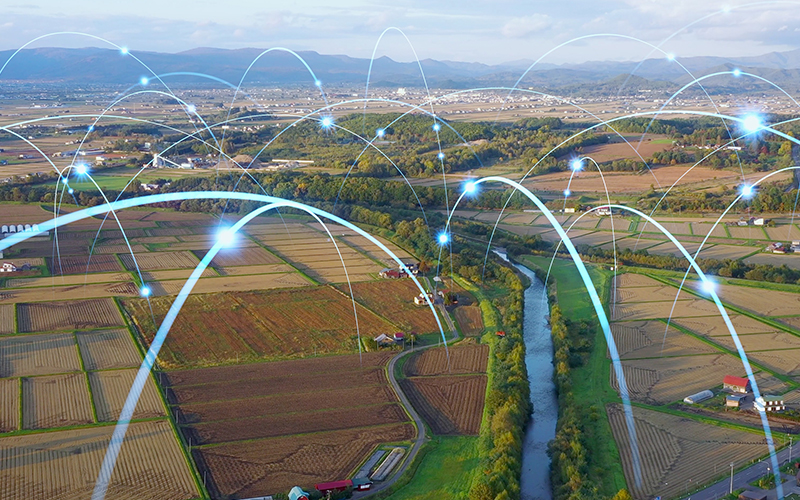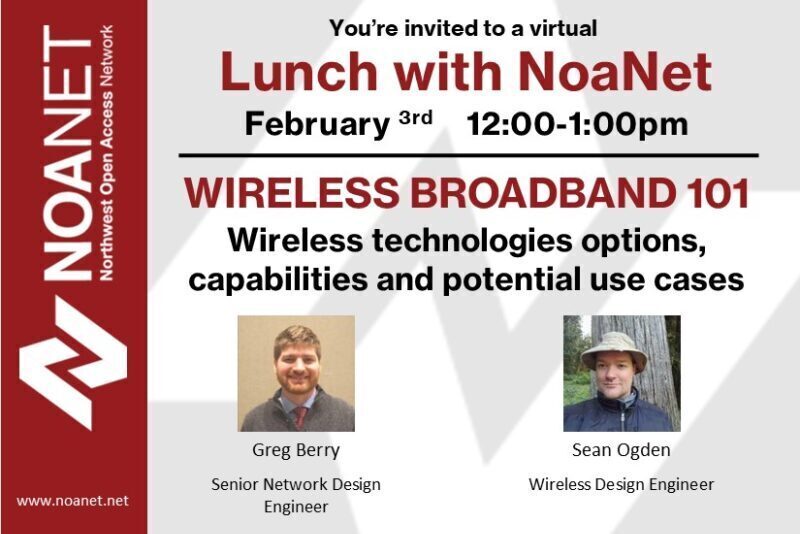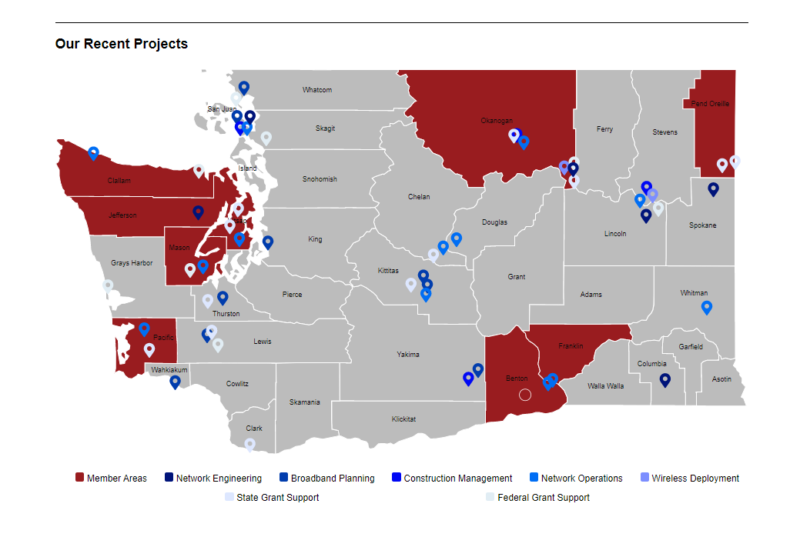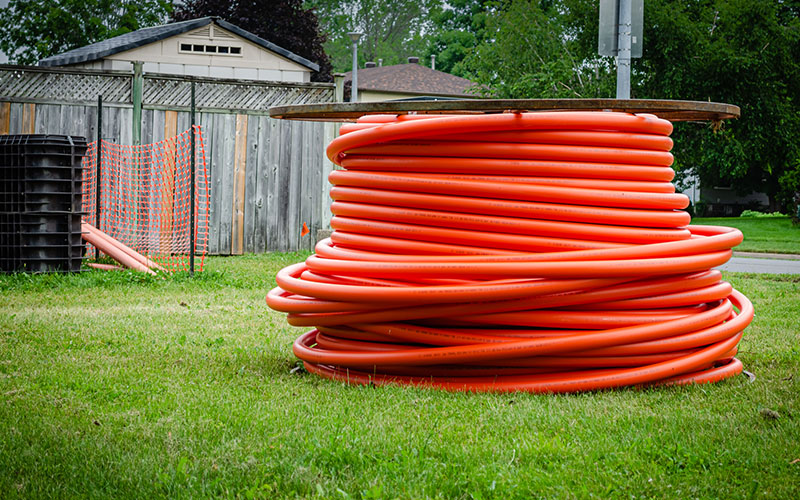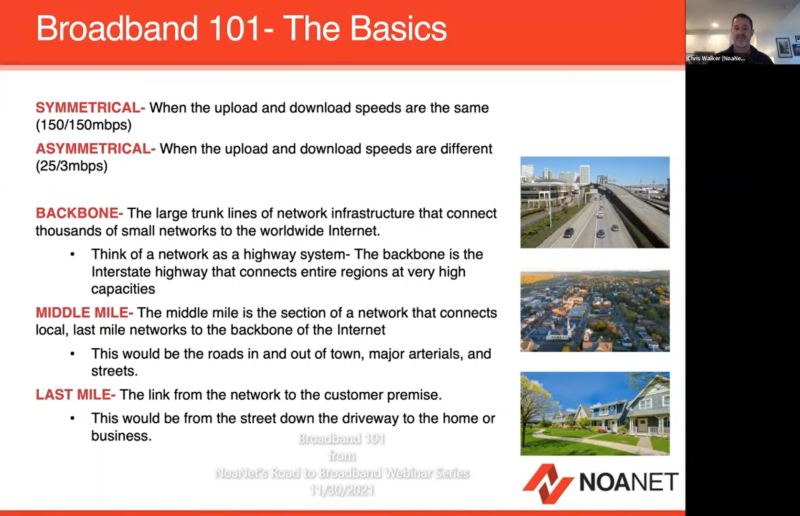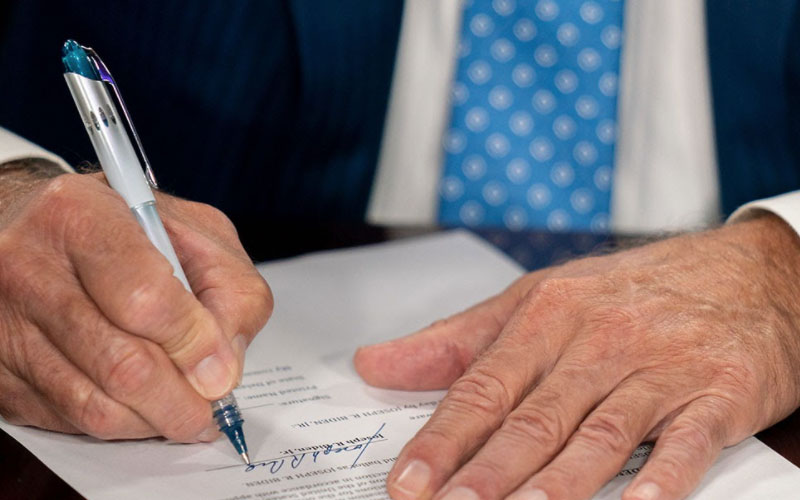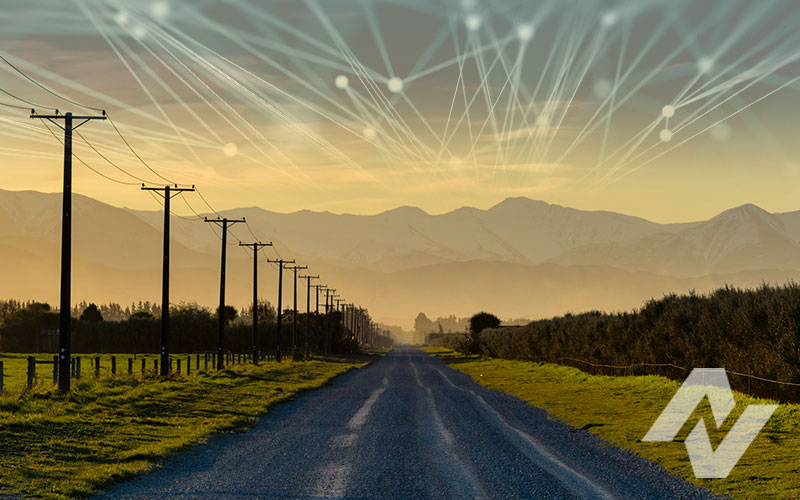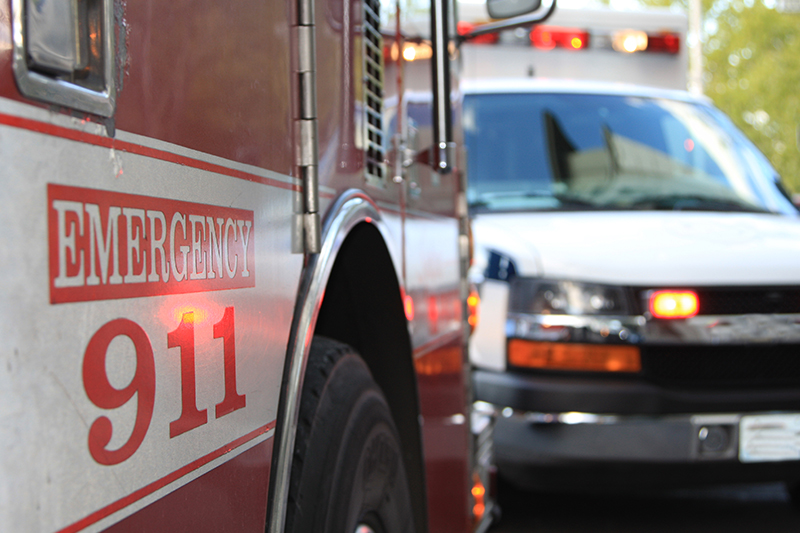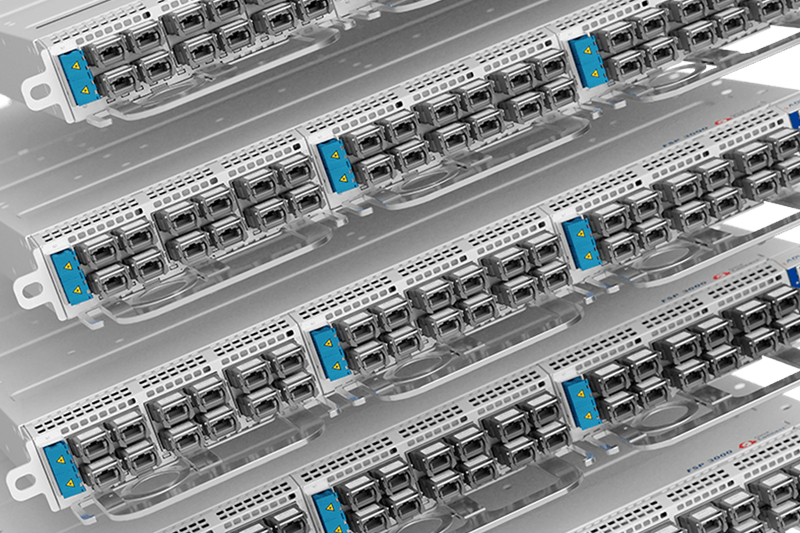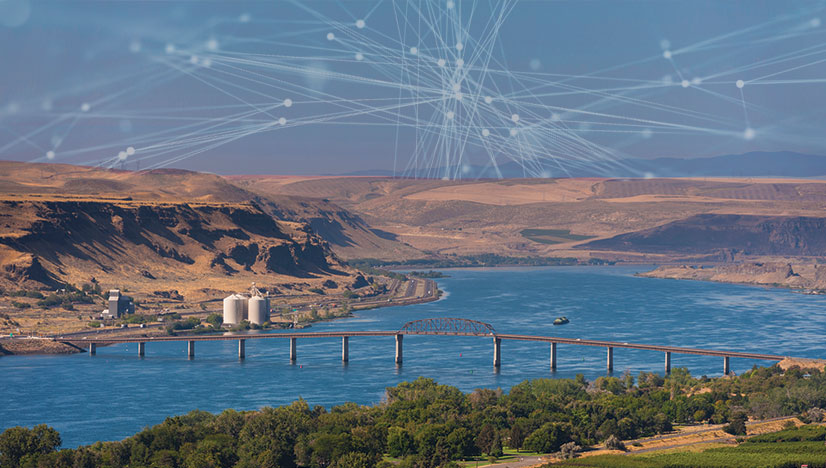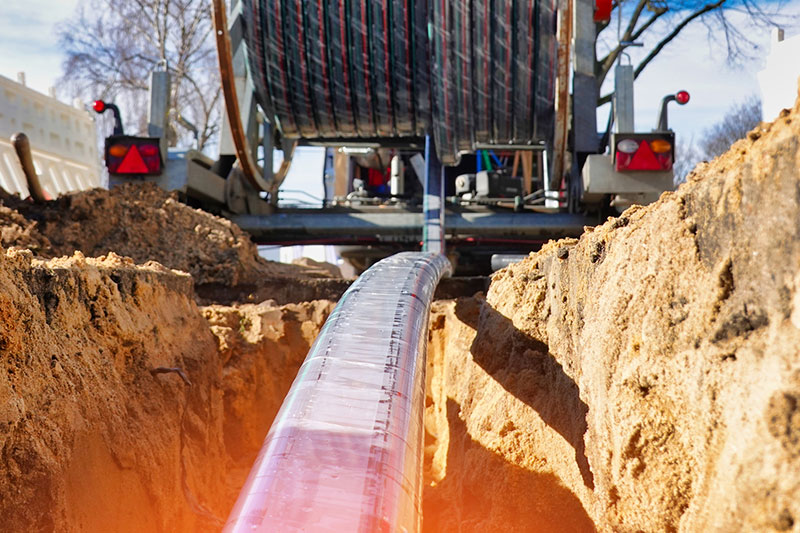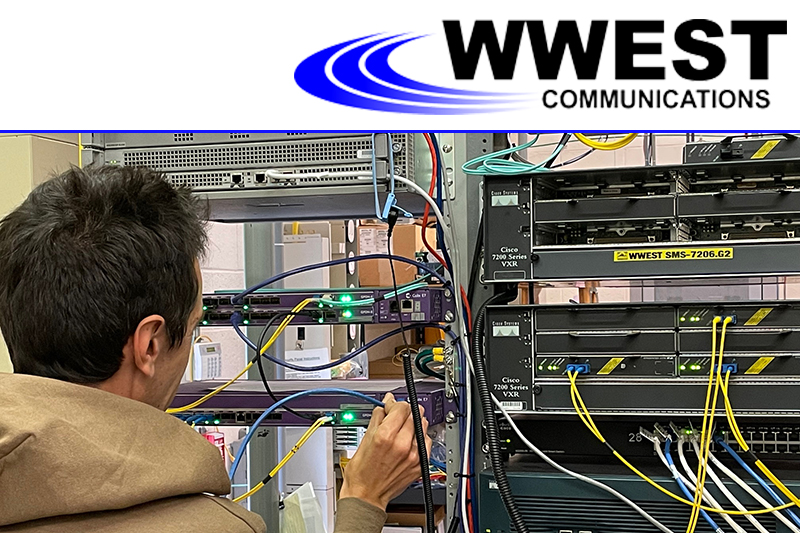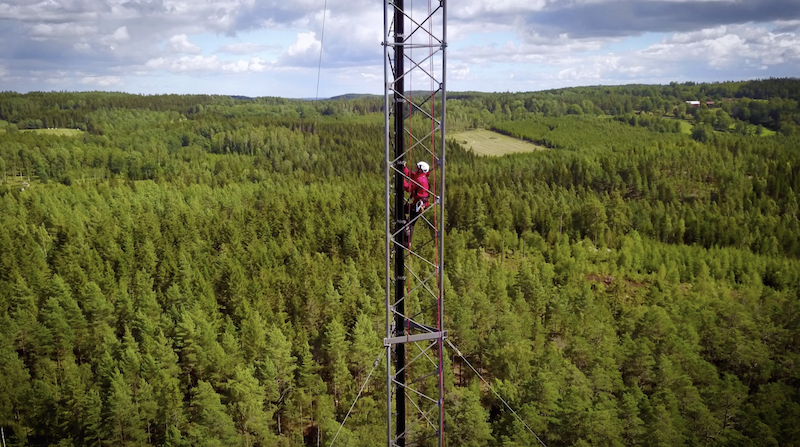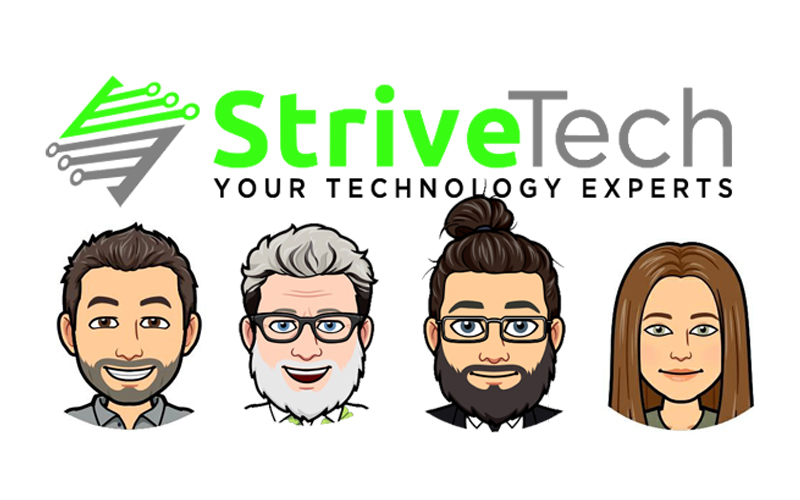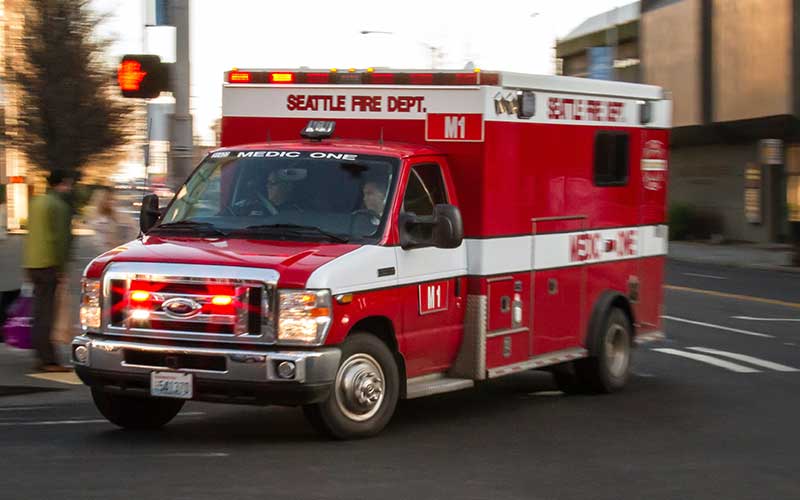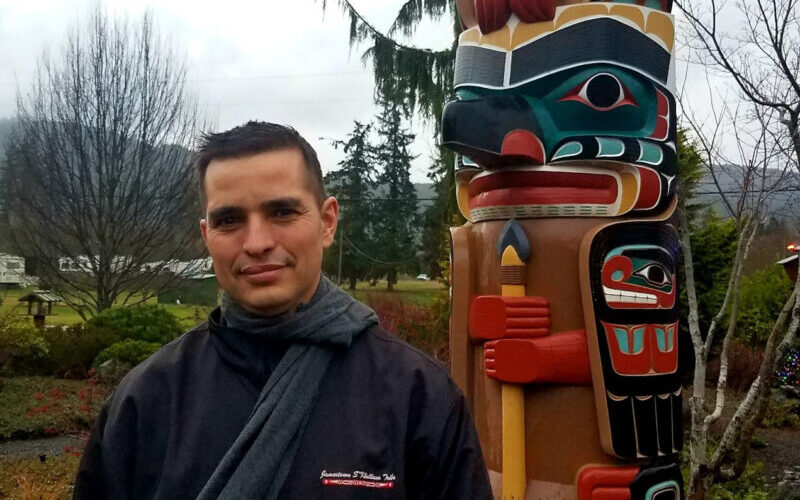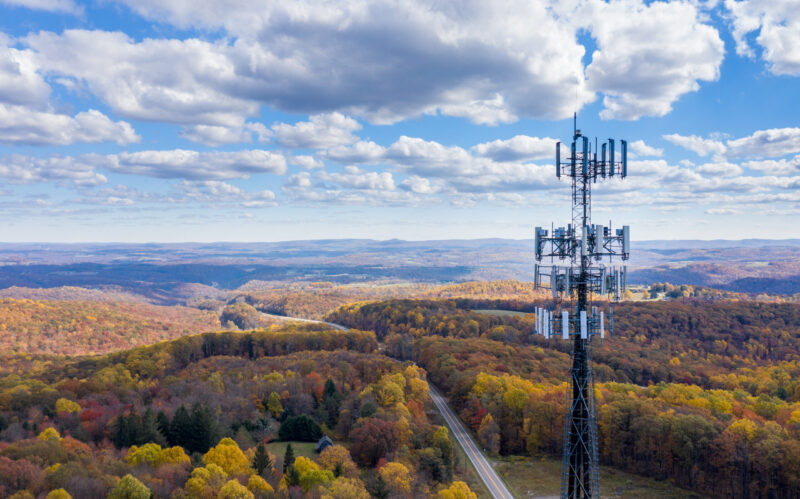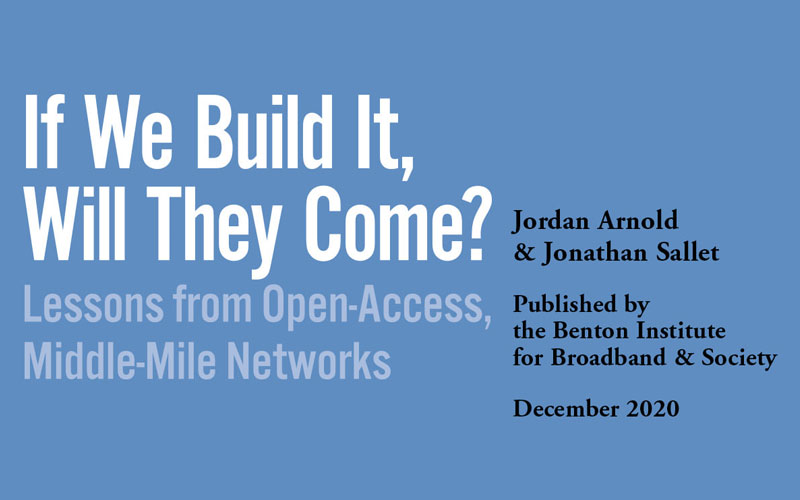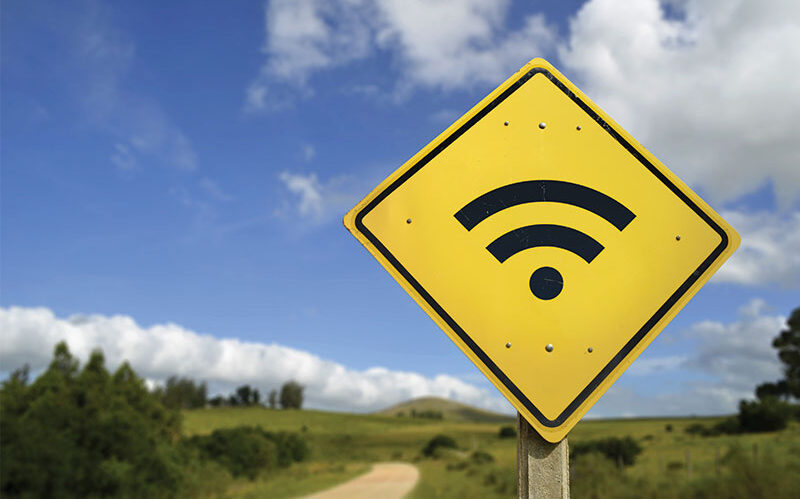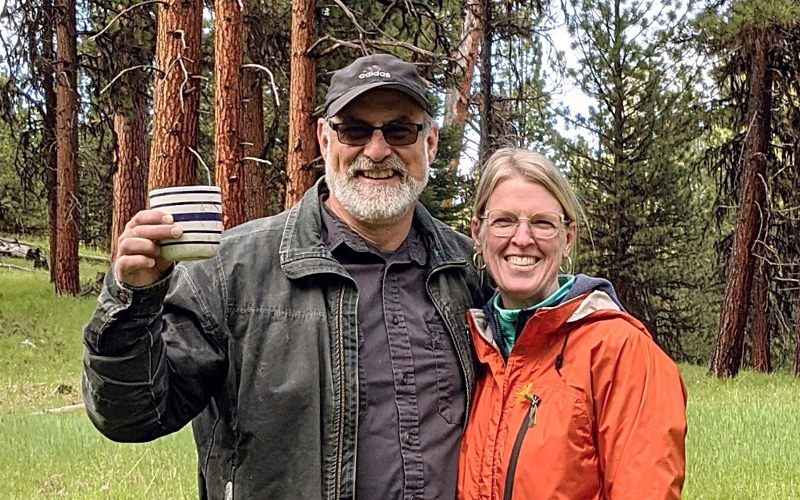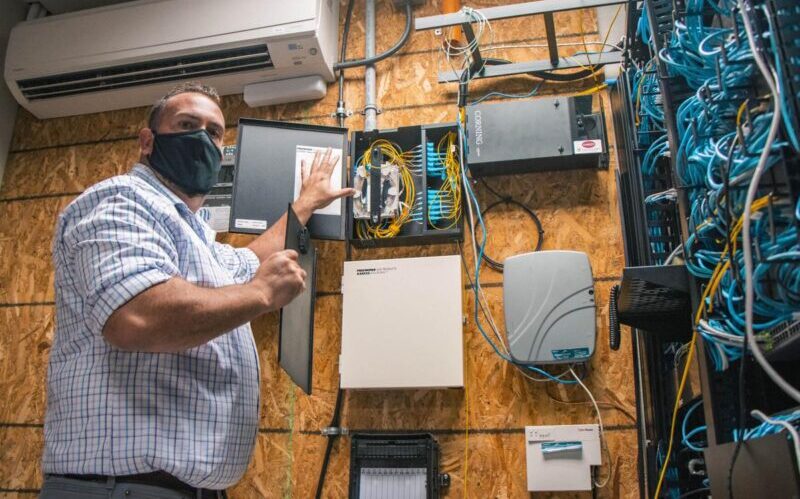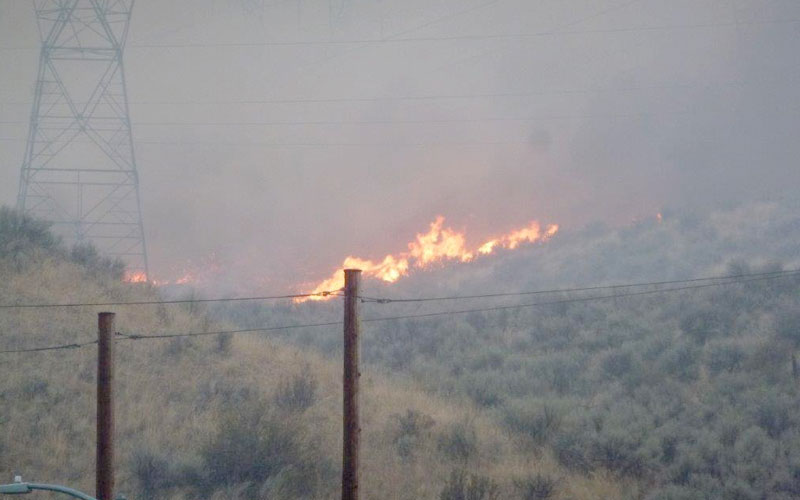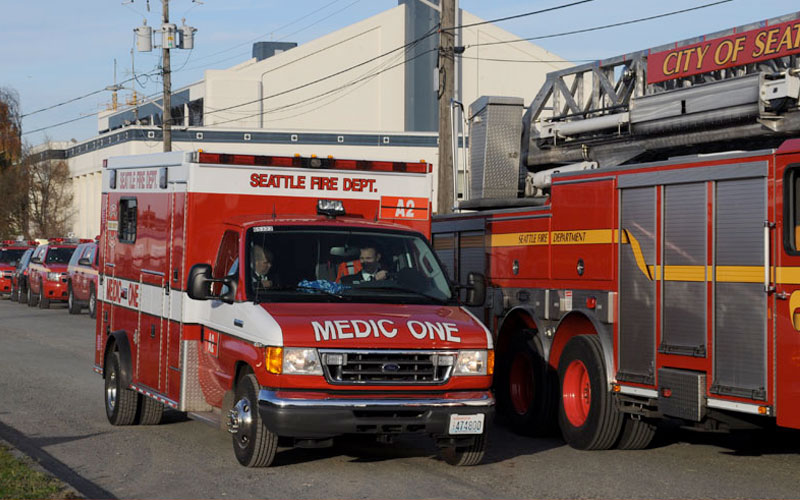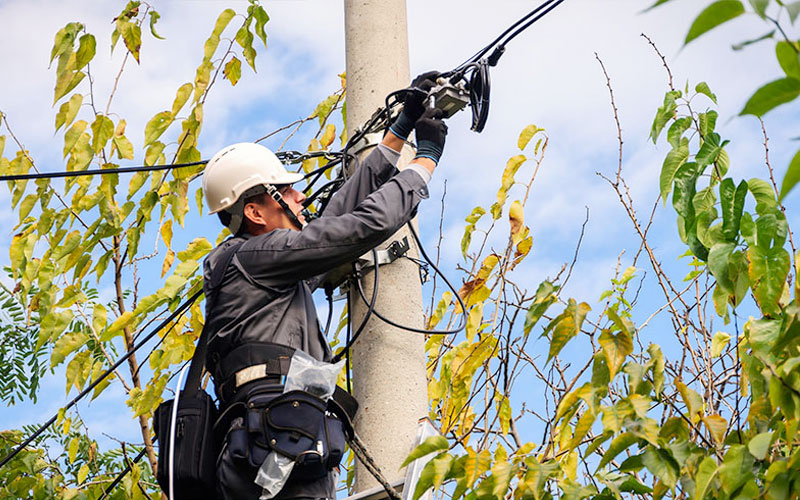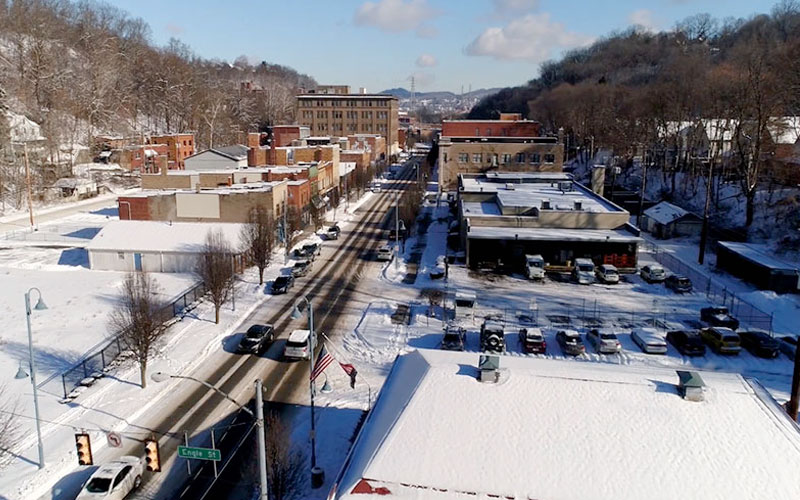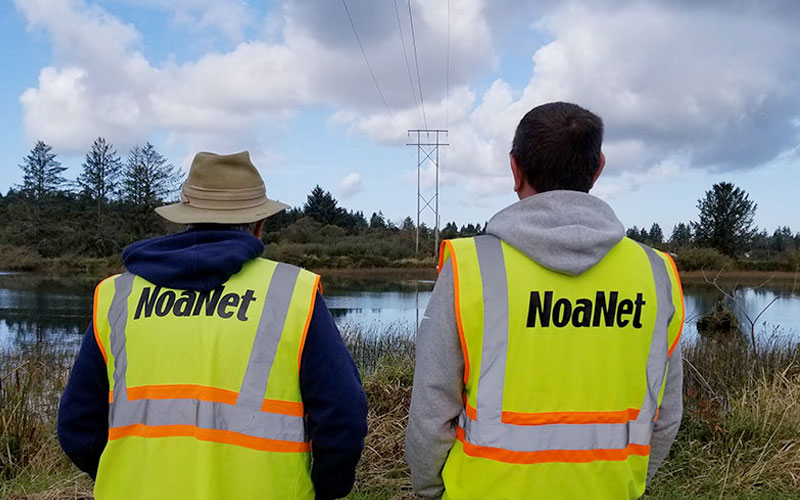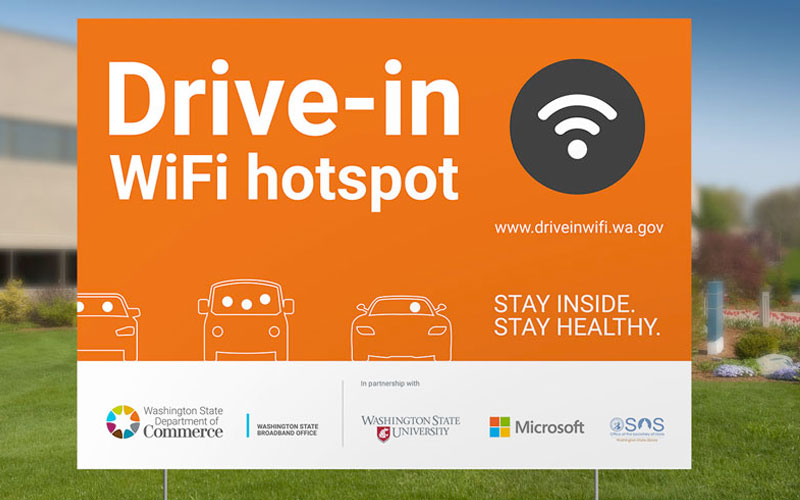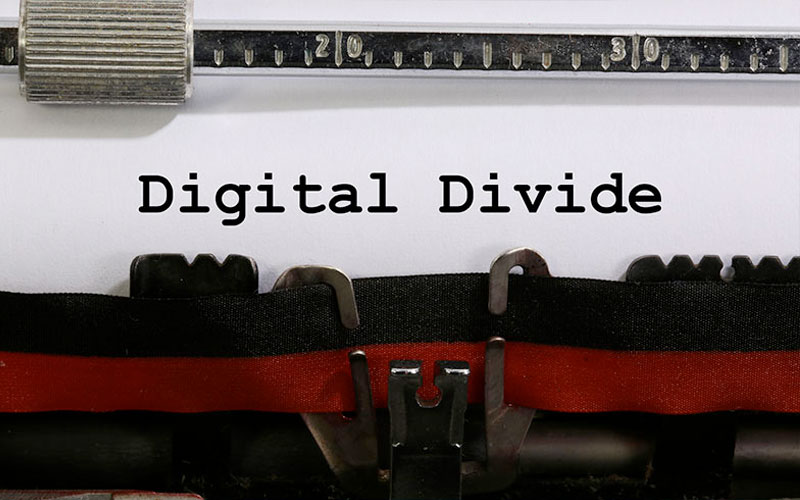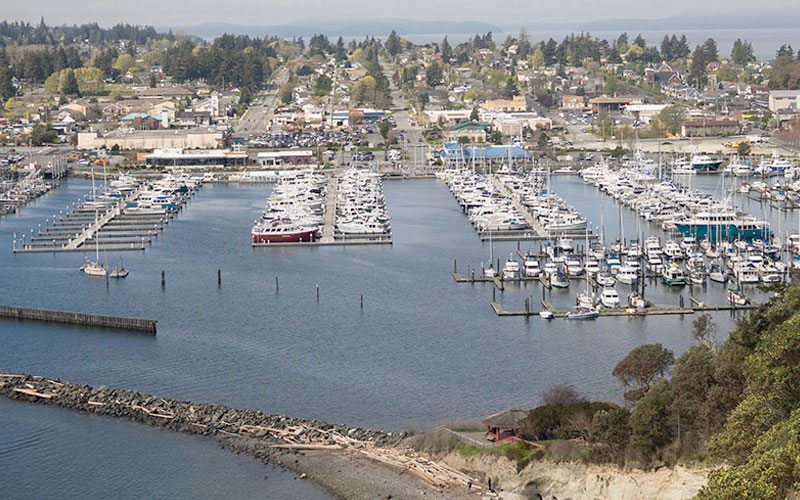When it comes to Washington State communities advocating for the expansion of high-speed, accessible broadband, there might be no assembly more pivotal than a local Broadband Action Team (BAT). The Washington State Broadband Office describes the Broadband Action Teams as “community-driven collaborations that identify the connectivity and accessibility needs for their communities.”
A BAT’s purpose is multifaceted: it unifies conversations around community broadband efforts that engage directly with larger agencies and alliances, it helps inform statewide digital equity and inclusion efforts and ensures a community’s unique technology and accessibility needs are represented, it connects participants to collaborative project goals, and it bridges community projects to funding opportunities early in the application process through facilitating ongoing communication with stakeholders.
Who and what comprises a BAT?
Typically formed by geographical or political blocks, this team is made up of public-benefit agencies, businesses, and residents that work together to activate broadband momentum. In general, a balanced BAT includes community leaders and elected officials, a local PUD and/or port (where applicable), and members from the education, healthcare, and small business sectors, in addition to area residents. The more diverse the membership, the better the BAT will be at identifying and demonstrating the barriers and gaps the community has to ubiquitous access to the high-speed, affordable broadband it needs.
How BATs work
BATs catalyze their communities to bridge the digital divide. A BAT identifies and articulates community broadband needs and solutions, pursues and advocates for funding (and related legislation) to expand broadband, and works alongside peers to use proven solutions and best practices. BATs build and maintain relationships between the public and municipal organizations or other solutions providers that could help get broadband into more homes and businesses. They also promote a well-informed community that is up to date on new technologies and funding opportunities to bridge the local digital divide. BATs are both watchdogs and advocates for their respective communities.
Impacts on Funding Opportunities
Broadband Action Teams have emerged as a vital part of planning and seeking funding for community broadband efforts in many Washington communities. In Lewis County, for example, the Lewis County Broadband Action Team has been meeting since March 2020. Initially started by the PUD as a Broadband Champions group to facilitate a survey and market analysis of broadband needs, they formalized in 2021 and have been meeting monthly to keep the ball rolling on broadband infrastructure investment. It has been working! The county has seen a major influx of broadband grants, and the PUD just broke ground on its first fiber-to-the-home project to serve residents in the Boistfort Valley.
Looking ahead, the Broadband Equity, Access, and Deployment (BEAD) Program, established by the Infrastructure Investment and Jobs Act (IIJA), appropriates $42.45 billion for States, Territories, and the District of Columbia (DC) to utilize for broadband deployment, mapping, and adoption projects.
This program will potentially bring as much as 1 billion dollars to Washington State for broadband infrastructure and access initiatives. To participate in BEAD, states will be required to submit a 5-year broadband action plan to overcome barriers to access and adoption. It becomes clear that an established BAT, working collaboratively across a community, is a great opportunity to inform needs, timelines, partners, and costs for this impactful program.
Do You Know Your BAT?
If you’re in Washington State, the state broadband office has a handy Excel database of known broadband action teams. Not every county in the state has a BAT, however. Washington residents who want to learn more about how their community’s broadband needs are represented or what plans may be in place should start locally. Contact your local elected officials and commissioners, a local Public Utility District, or a port if applicable. There may be plans underway you can learn about or that welcome your participation.
The current flurry of broadband infrastructure grant opportunities is the result of the COVID-19 pandemic exposing our inability to function without quality, affordable broadband services at our homes and businesses. The key to ensuring that funding is brought to your community to bridge the infrastructure and access gaps that exist are having a solid digital equity plan in addition to a shovel-ready infrastructure plan. Local Broadband Action Teams are going to be essential in helping to gather data and advocate for all of Washington’s communities to ensure they have the infrastructure and services required to fully benefit from the surge of funding.
Northwest Open Access Network (NoaNet) is a not-for-profit wholesale telecommunications mutual corporation that has been serving Washington State since 2000. As a mission-driven organization, NoaNet focuses on bringing world-class telecommunications technology to hard-to-reach communities which lack access to high-speed affordable broadband services.

